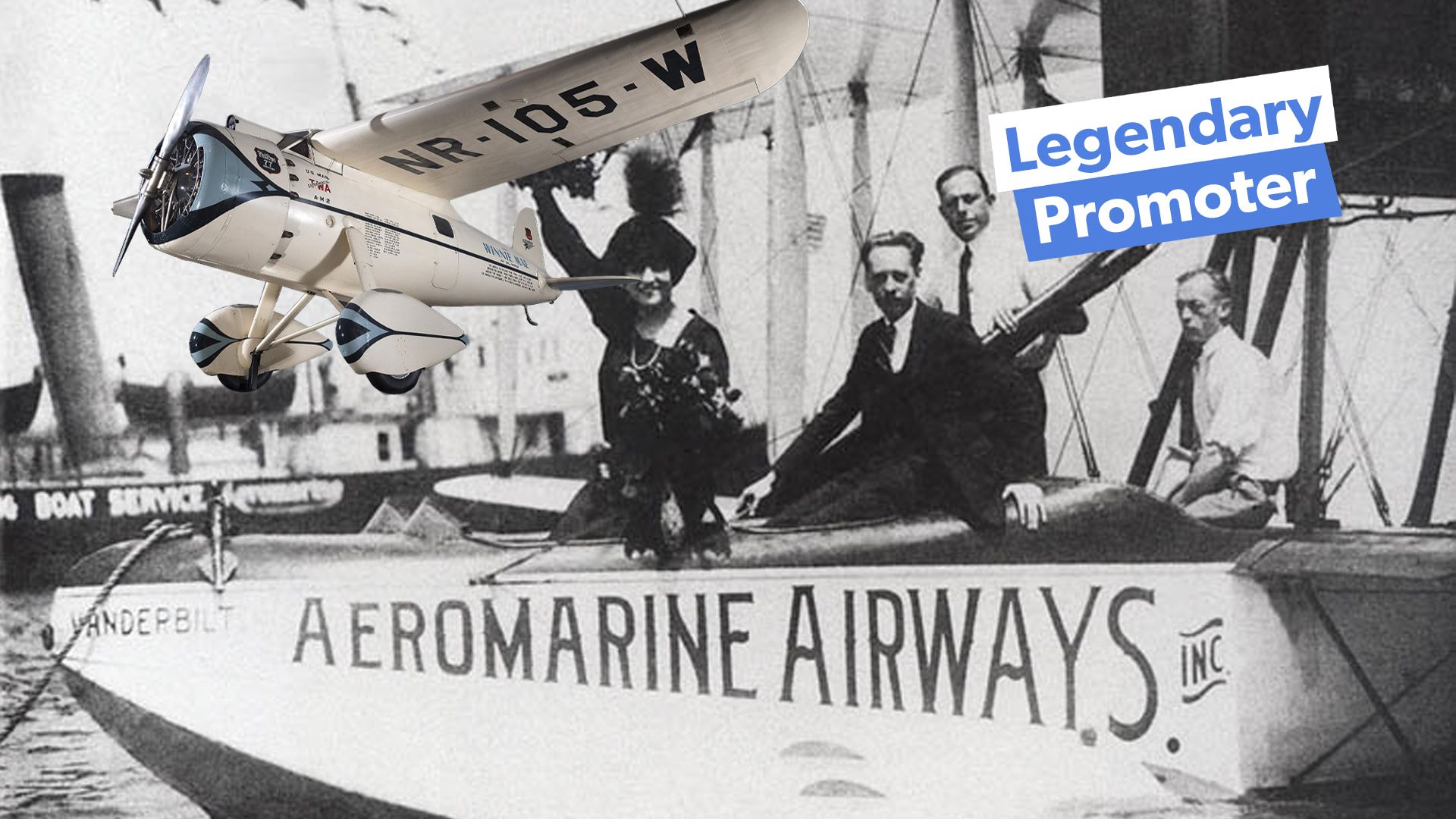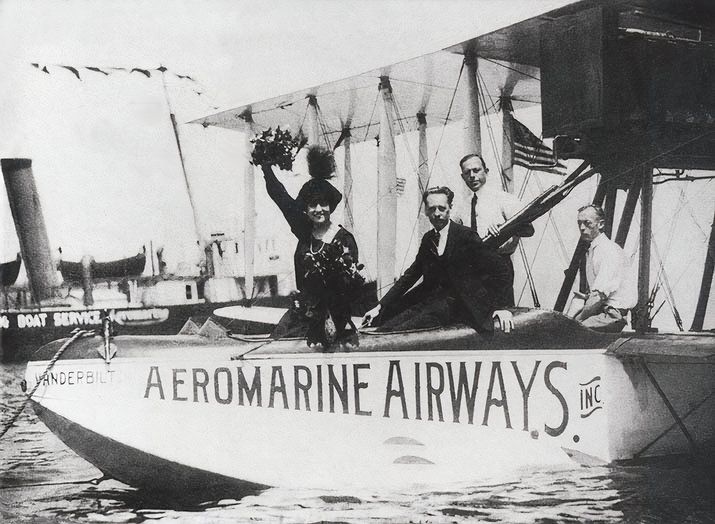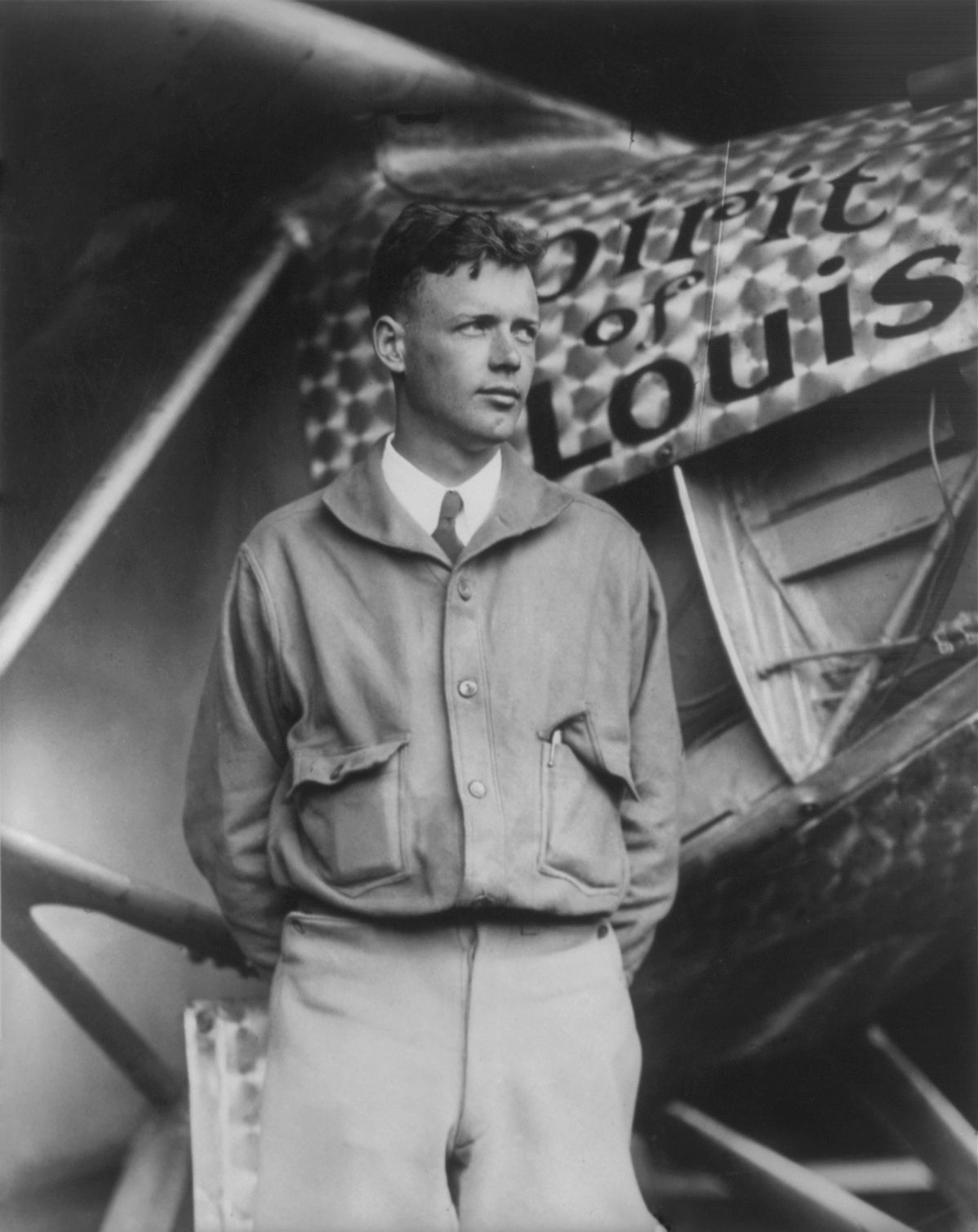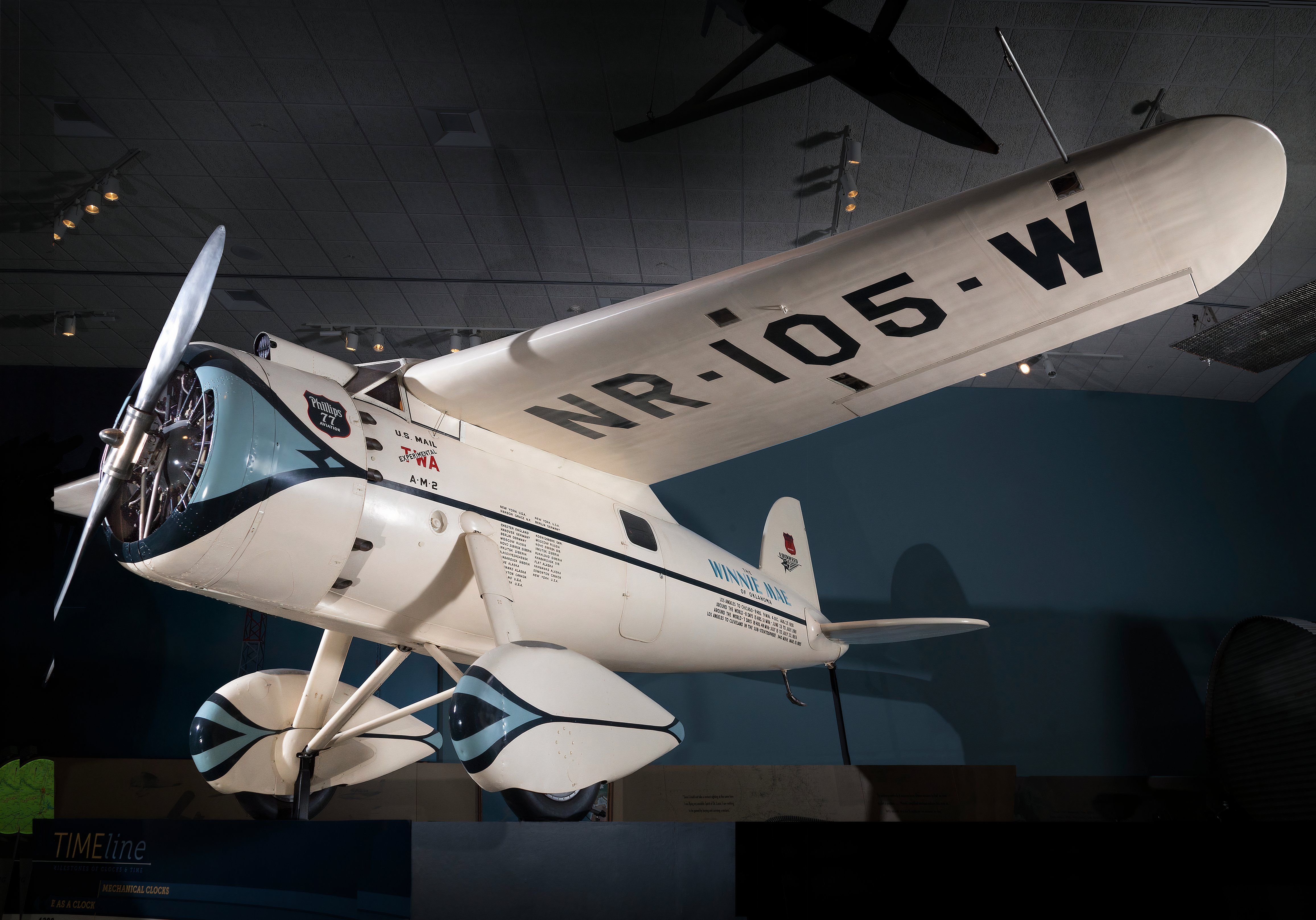Summary
- Harry Bruno shaped American aviation’s narrative through pioneering PR strategies.
- Bruno founded the first aviation-focused PR firm and managed Lindbergh’s media frenzy.
- Bruno’s legacy lies in modernizing aviation PR, managing crises, and promoting new technologies.
Harry Bruno stands out in aviation history not as a pilot or engineer, but as the man who skillfully brought the industry into the public eye. Through his expertise in public relations, he helped shape the narrative of American aviation during its formative years.
From orchestrating the media frenzy around Charles Lindbergh’s transatlantic flight to managing the publicity of the Hindenburg disaster, Bruno was instrumental in elevating the status of aviation in the US.
Early life and introduction to aviation
Harry Augustine Bruno was born on February 7, 1893, in London, England. His father, Henry Augustine Bruno, was a marine insurance analyst, and his mother, Annie (Thompson) Bruno, supported the family’s move to New York City in 1907.
According to the New York Times obituary, it was in Montclair, New Jersey, that young Harry built and flew a monoplane glider in 1910, marking the beginning of his lifelong passion for aviation. This early foray into aviation led him to enlist in the Canadian Royal Flying Corps during World War I, where he trained as a pilot.
Harry’s parents were sailing on the RMS Lusitania when it was torpedoed and sank on May 7th, 1915, killing them both.
Career beginnings and formation of Bruno & Blythe
After the war, Bruno returned to New York and initially took a job with the New York City Car Advertising Company. However, his heart was set on aviation, which was struggling to find its footing in the post-war world.
In 1921, Bruno joined forces with Inglis M. Uppercu, who was converting Navy seaplanes into passenger planes under the Aeromarine banner. Bruno’s promotional efforts, which included organizing “ballyhoo jaunts” for reporters, were pivotal in generating public interest in commercial aviation.
In the 1920s, aviation was still in its infancy, and public perception was wary of this new mode of transportation. Bruno recognized the potential of aviation but also understood the need to build public trust.
Early Aviators notes that Bruno, together with his friend Dick Blythe, later founded Bruno and Blythe, the first public relations firm focused exclusively on aviation, marking the beginning of his influential career.
Bruno and Blythe’s first major project was the Ford National Reliability Air Tour, an event designed to demonstrate the reliability and safety of airplanes. This event was a significant milestone in convincing the public of aviation’s viability.
The Bruno and Blythe firm quickly became known for its innovative approaches to aviation publicity. They orchestrated numerous high-profile events, including the air races at Mitchel Field on Long Island.
These events were designed to entertain and educate the public and also increase awareness of aviation’s potential as a transformational mode of transportation. Their approach was so effective that it laid the groundwork for modern aviation PR practices.
Major contributions and notable events
Bruno’s most significant contribution to aviation came through his work with Charles Lindbergh. As New York Heritage and the New York Times document, after Lindbergh’s historic solo flight across the Atlantic in 1927, Bruno managed the overwhelming media attention that followed.
He negotiated a $125,000 exclusive contract with The New York Times for Lindbergh’s story—a groundbreaking move that helped secure Lindbergh’s image as an American hero while shielding him from excessive media scrutiny.
Beyond Lindbergh, Bruno also worked with other notable figures such as Richard Byrd and Amelia Earhart. His promotion of Byrd’s North Pole expedition and Earhart’s transatlantic flights helped cement these aviators as American icons.
Early Aviators also highlights Bruno’s pioneering work in aerial photography, where he partnered with Sherman Fairchild to develop it as a commercial service.
The Hindenburg disaster and heroic acts
One of the most dramatic moments in Bruno’s career was his involvement in the Hindenburg disaster in 1937. Bruno was present at the scene and is credited with pulling Captain Ernst Lehmann from the burning wreckage, although Lehmann later died from his injuries.
This act of heroism, coupled with Bruno’s management of the media in the aftermath, highlighted his deep commitment to the aviation industry and his ability to handle crises effectively.
Bruno had long been involved in promoting dirigibles, including the Graf Zeppelin, making his presence at the Hindenburg disaster a full-circle moment in his career.
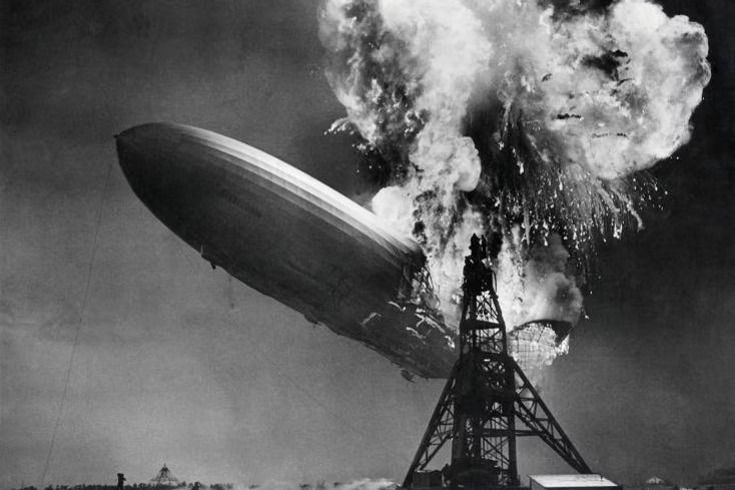
Related
87 Years Ago Today: The Hindenburg Disaster Still Resonates
The zeppelin Hindenburg exploded on May 6, 1937. What caused it, and what was its impact on the future airship travel?
Bruno’s work went much deeper than just promoting events and individuals; he was also instrumental in bringing new aviation technologies into the public eye.
His efforts in promoting aerial photography, for example, not only helped establish it as a commercial enterprise but also showcased the potential of aviation beyond mere transportation.
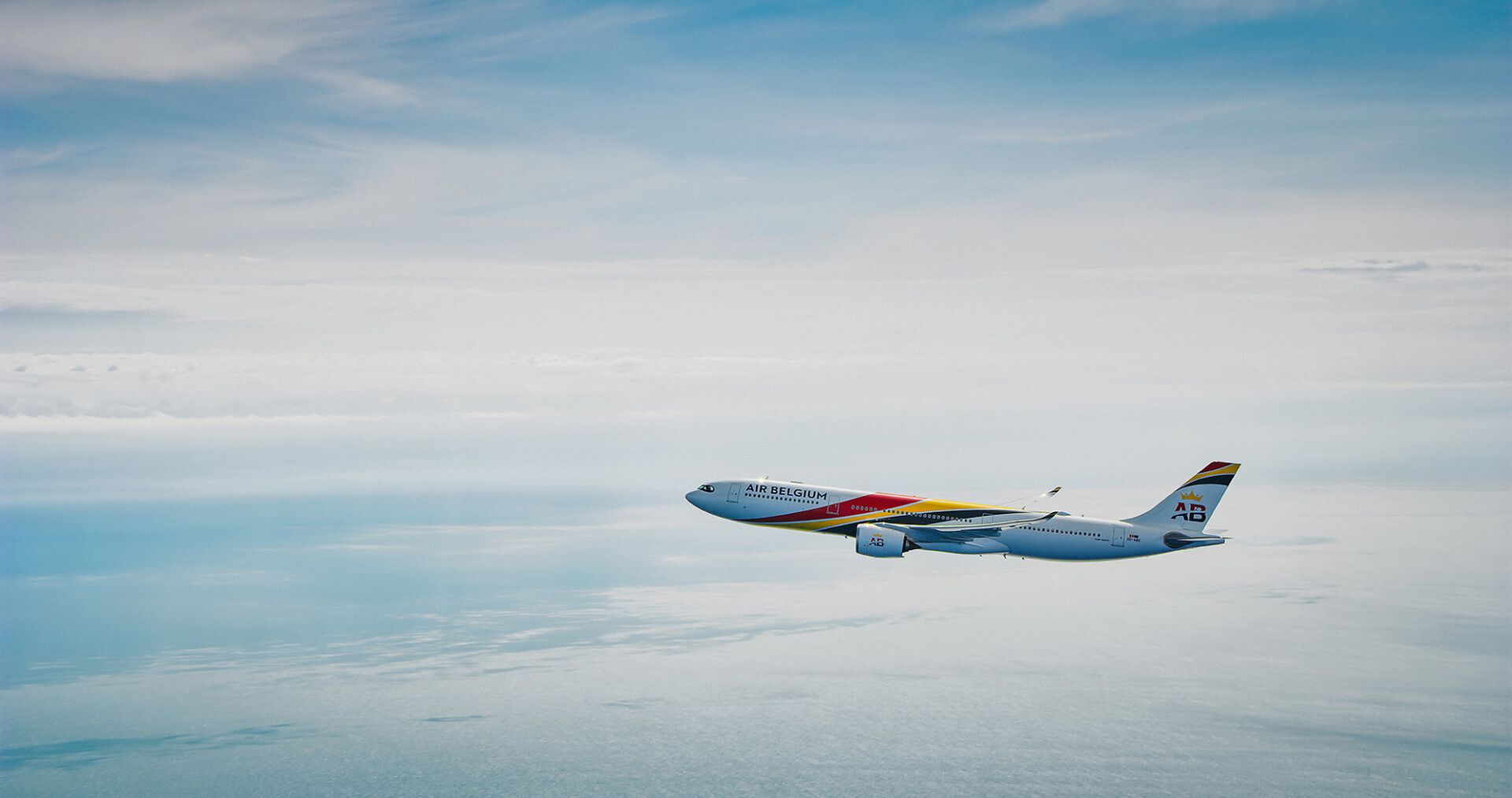
Related
Air To Air Filming & Photography – How Is It Achieved?
Key Innovations Promoted by Harry Bruno:
- Aerial Photography: Worked with Sherman Fairchild to promote aerial photography as a viable business service, aiding in the growth of this technology.
- Wright Whirlwind Engine: Promoted this innovative 200hp, air-cooled engine that powered many early aircraft, including Lindbergh’s Spirit of St. Louis.
The evolution of aviation public relations under Bruno’s influence
Bruno’s work set the standard for aviation public relations. His strategic approach to media, his understanding of the power of narrative, and his ability to manage crises were all pioneering efforts that would influence the industry for decades to come.
Key PR strategies introduced by Bruno:
- Exclusive Contracts: Negotiated high-profile deals like the one with The New York Times for Lindbergh’s story, setting a precedent for how aviation stories were monetized.
- Event Management: Organized large-scale aviation events that not only entertained but also educated the public on aviation’s potential.
- Crisis Management: Handled major aviation disasters like the Hindenburg, managing media and public perception in the aftermath.
Bruno’s lasting legacy in aviation
Harry Bruno’s influence on aviation extends well beyond the people and events he promoted. He was a key figure in shaping public perceptions of aviation during its most formative years.
According to the New York Times, Bruno continued to contribute to the field into his later years as well, authoring a book (Wings over America: The Story of American Aviation, 1944) and contributing to articles that reflected on the history of aviation and his role in it.
His legacy is so much bigger than the events he managed, it includes all the PR strategies he developed, many of which are still in use.
Harry Bruno’s career was marked by a series of firsts—first aviation PR firm, first major media contract for an aviation story, and first to manage the public relations of aviation disasters.
His work laid the foundation for modern public relations, particularly in the aviation industry, and his strategies continue to influence how aviation stories are told today.
Through his work, Bruno not only promoted aviation but also protected and enhanced its public image, helping to ensure that aviation could grow into the major industry it is today.

